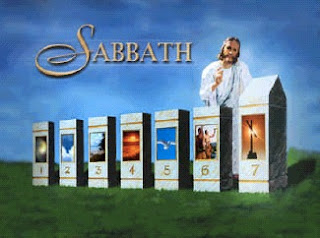Six Day War-1967.
Soviets "inform" Syria of impending Israeli attack (may 13). Jordan then signs a military agreement with Egypt on May 30. Israelis forces strikes and wipe out the Egyptians, followed by entering hte old city. Moshe Dayan the Israeli general gives control of Haram to Muslims. The United Nations consequently reject the annexation of Jerusalem.
Intifadas-"uprising"
1988-1992 1st Intifada(organized, declared) Palestine's vs. Israeli for control. Strikes boycott, barricades, graffiti, violent action was taken against the Israelis.
2000-present 2nd Intifada provoked by Ariel Sharon
Oslo Accords 1993
First face to face agreement between Israel and PLO in Oslo.
Letters of Mutual Recognition
Israel acknowledged PLO(Arafat) as rep. of Palestinian people. PLO recognized Israelis right to exist as a state and renounced Jerusalem.























